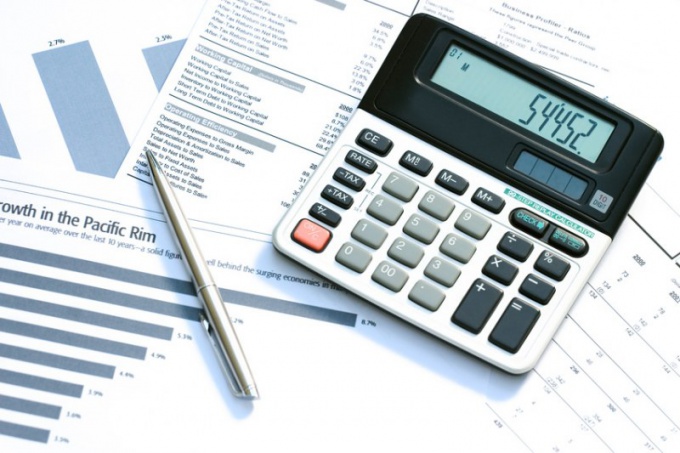Instruction
1
Please note that in accordance with the Customs Code, and more specifically article No. 70, Customs contributions (payments) are: export and import customs duty, value added tax and excise taxes, which are levied when importing goods into the territory of any Customs Union.
2
Use HS data to correctly calculate the customs duty. In turn, HS is a goods nomenclature of foreign economic activity and is the common customs tariff of the Customs Union, classification of goods, which was approved by the 3 heads of States from November 27, 2009, and January 1, 2010 into effect.
3
Note that the custom codes are divided into sections (21) and group (97), and consist of ten digits. Next, you need to find the HS code (customs nomenclature of foreign economic activities), which will match your imported products. In the description of each individual code shows the corresponding interest rates of customs duties and VAT. Thus, you will easily be able to determine your interest rate of duty and rate of VAT.
4
Multiply the interest rate of the customs duties on the unit price of the goods. Then multiply the resulting value by the number of available goods.
5
Enter the collected data on customs duty in the customs documents (Declaration of customs cargo Declaration). Further, on the basis of this document will need to pay money to the state budget. Because the calculation of customs duty is required to calculate the customs payment.
6
Please note that customs payment equal to the sum of customs duties and VAT. Thus VAT should be charged not only with the procurement cost of imported products, but with the calculated amount of the customs duty. Thus, it will be repaid. That is, upon the filing of such tax return for the year of income, the amount of import VAT will be refunded.
